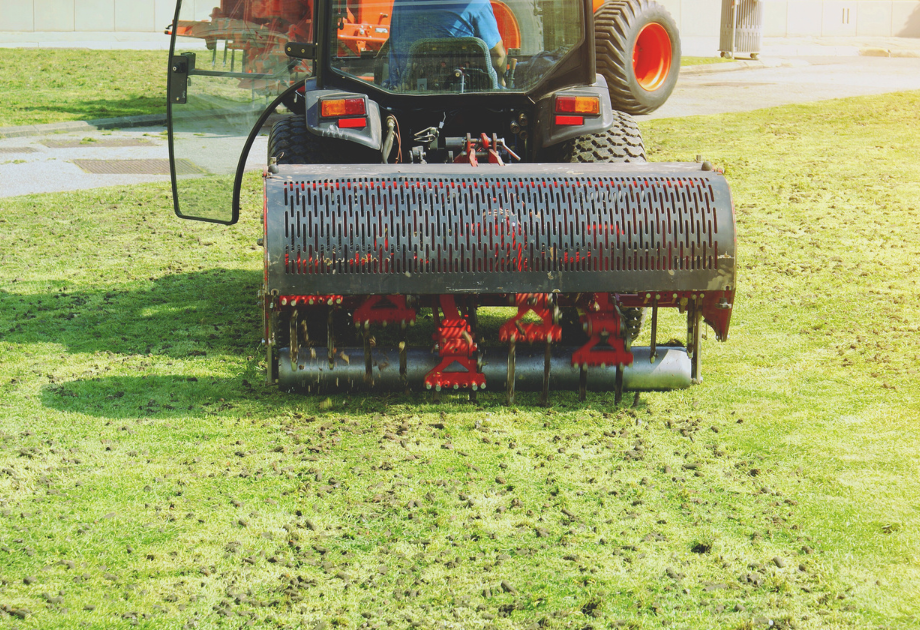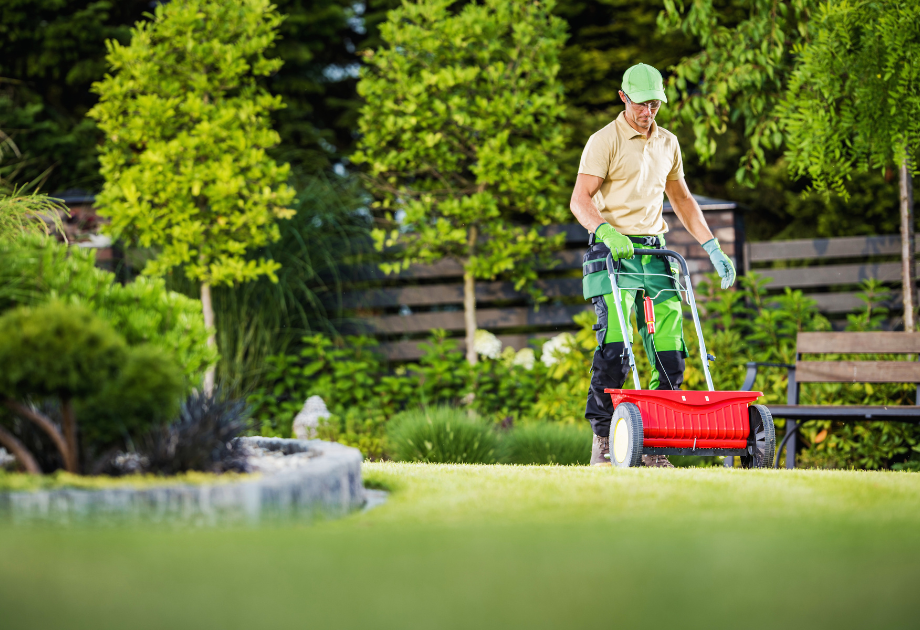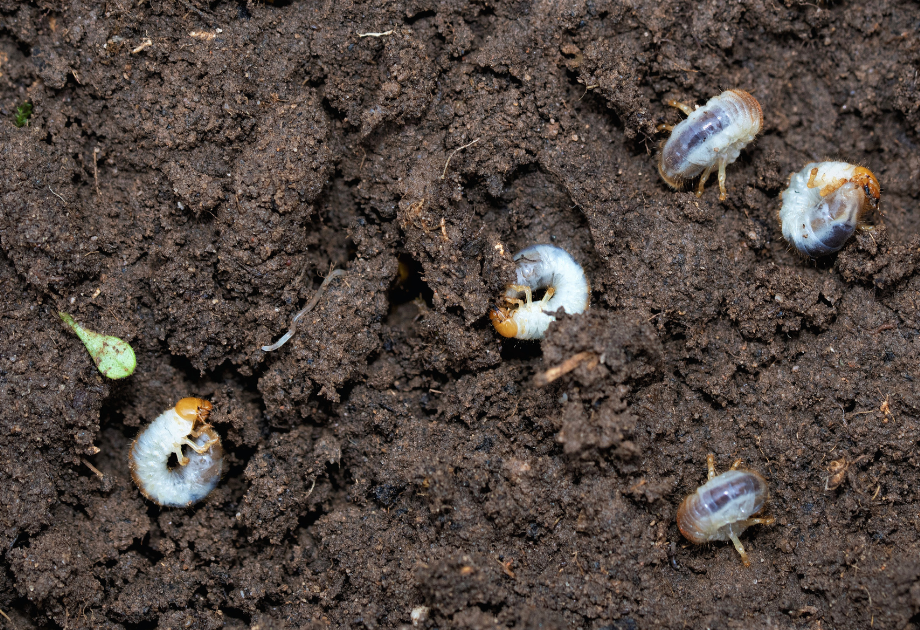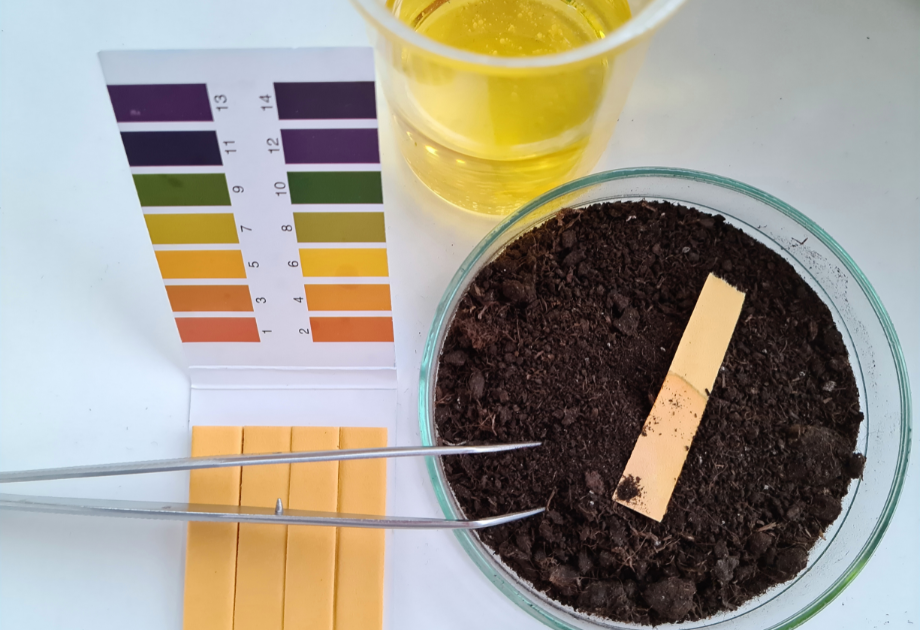5 Fall Lawn Care Treatments for a Healthier Yard Next Spring
_720.jpg)
Fall brings cooler temperatures, calmer weather, and the best conditions of the year for strengthening your lawn. The soil is still warm, the air is crisp, and your grass has one last chance to root deeper and recover from summer before winter sets in.
This checklist walks through five treatments that help your yard recover from summer stress, grow stronger underground, and look even better when spring rolls around. Each step is part of our fall service strategy at Degree Lawn & Landscape, and we make it easy for you to get them done the right way.

Aeration: Let Your Lawn Breathe
Foot traffic, heat, and mowing can leave soil compacted by the end of summer. Compacted soil makes it harder for water, oxygen, and nutrients to reach the roots, causing turf to thin out or dry up.
Lawn aeration removes small plugs of soil, loosening the ground so that roots can grow deeper and absorb more of what they need. This improves lawn thickness, drought resistance, and fertilizer uptake.
Signs You Need Aeration
Watch for thin patches, pooling water, or dry areas that don’t respond to watering. Try pushing a screwdriver into the soil; if it resists, the lawn is likely compacted. If it’s been more than a year since your last aeration, it’s time. Degree uses professional equipment that pulls deeper cores and causes less surface disruption than DIY tools. Learn more about our aeration services to see how we help Southwest Ohio lawns breathe easier each fall.
Why Fall Is the Best Time to Aerate
Cooler weather, steadier rainfall, and less weed competition make fall the best time for lawn aeration in the Cincinnati area. While spring aeration is common in other regions, our local climate gives better results when done in early fall. Aerating before winter dormancy promotes strong root development and helps lawns bounce back fuller next season.

Overseeding: Thicken Up Sparse Turf
Overseeding adds new seed over existing grass to fill in bare areas, increase density, and improve overall turf health. It’s especially effective after lawn aeration, when the soil is loose and ready for strong seed-to-soil contact.
The Best Grass Types for Southwest Ohio Yards
Southwest Ohio sits in the transition zone, which means it’s too hot in summer for some grasses and too cold in winter for others. Cool-season varieties like turf-type tall fescue and Kentucky bluegrass offer the best year-round resilience. They’re well-suited for the region’s changing weather, and they respond well to fall overseeding. At Degree, we recommend the best blend for each yard based on sunlight, soil quality, and how the space is used. You can explore our full seeding services to learn more.
Why Timing Matters for Overseeding
Seeding too early in the season leads to weak growth. Waiting too long risks cold temperatures shutting down growth before roots can establish. Fall strikes the right balance. Warm soil and mild air help seeds germinate fast, and rainfall keeps them hydrated without constant watering. That’s why we schedule overseeding right after aeration, when the ground is loose and ready for new growth.

Scalping: Reset Before the Cold Sets In
Scalping is a strategic mowing method used to cut grass extra low, helping remove thatch and giving new seed a better shot at contacting the soil. It’s particularly useful when prepping for overseeding or managing warm-season grass.
This technique isn’t for every yard, and the timing has to be just right to avoid stress, but when it’s used correctly, it sets the stage for healthier growth.
When to Scalp and Why
Scalp early in the fall, while grass is still slightly active. This reduces the competition for light and space during germination and gives your lawn a cleaner transition into winter. Scalping too short or too late can cause stress, which is why timing matters. As part of Degree’s turf renovation process, we manage height settings and debris cleanup to prep the lawn for stronger growth.
What Scalped Lawns Look Like
After scalping, the lawn will look patchy and uneven, but that’s part of the process. Within a few weeks, especially if combined with overseeding, fresh grass will begin to fill in. Think of it as a reset, not a setback.

Grub Control: Stop the Damage Early
Grubs are beetle larvae that feed on grassroots, causing brown patches, loose turf, and major damage. As they grow, they attract animals like raccoons and birds that dig through the yard for a snack.
Early fall is the best time to act. Grubs are still small and closer to the surface, making them easier to treat before they mature or go dormant underground.
Signs You May Have a Grub Problem
Look for brown or wilting patches, even when soil moisture is adequate. Check if the turf lifts easily from the ground or if animals are digging. You can also test a small section of lawn by lifting a square foot of sod and counting the grubs underneath. More than five or six per section usually signals a problem.
Fall Is Prime Time for Prevention
Grubs remain near the surface in early fall, which makes treatment more effective. Once the weather turns cold, they burrow deeper and become harder to target. Waiting too long often means dealing with turf damage the following spring. Our grub control treatments target larvae when they’re most vulnerable, using safe and effective solutions for pets and people.

Soil Testing & Leveling: Know What’s Happening Underground
Even when your grass looks healthy on the surface, the soil beneath it may be off-balance. Nutrient deficiencies, incorrect pH, or poor grading can lead to water issues and weaker growth.
Fall is the right time to correct those problems before everything freezes over.
Smoothing Things Out
Leveling helps water drain more evenly and prevents future damage to turf or equipment. It involves filling low spots and reshaping grade lines without compromising the lawn’s natural contours. Degree’s grading and drainage services are designed to support better turf health and longer-lasting results.
The Best Time to Test
Soil testing in early to mid-fall gives you a window to apply amendments like lime or fertilizer and let them work through winter. We offer testing support and can help interpret the results so you know what to adjust.
Bring Out the Best in Your Lawn with Help from Degree Lawn & Landscape
Fall isn’t just a chance to clean up your lawn; it’s the season that determines how well it grows next year. Addressing compacted soil, repairing bare spots, and correcting hidden issues underground now makes a noticeable difference by spring.
At Degree Lawn & Landscape, we take a practical, results-first approach to every fall treatment we offer. If your lawn needs a reset, we’re ready to help.
Get in touch today to schedule your fall services, and give your lawn the best chance at a healthier start next season.

